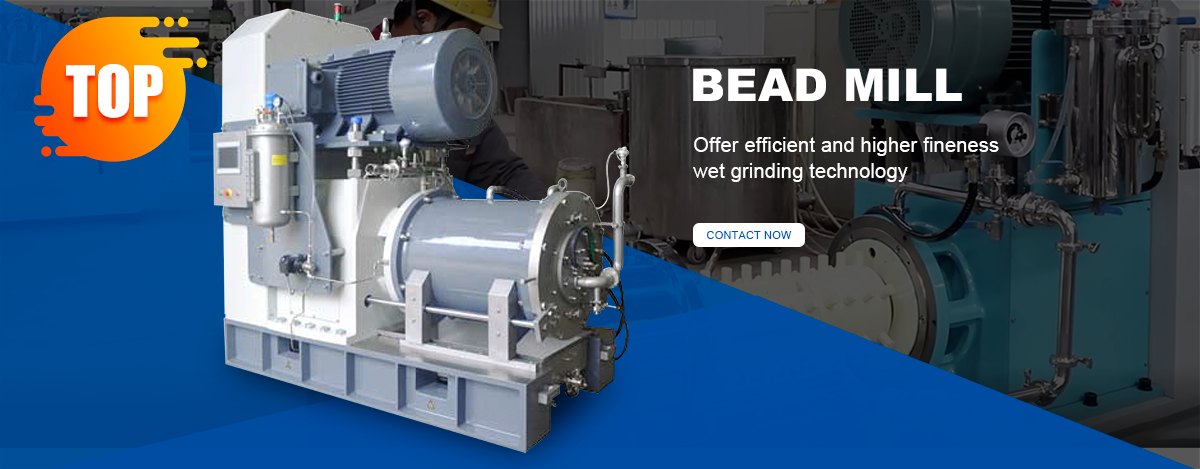-
Equipments
-
-
NEWS
- Double planetary mixer new t...
- Multiple paddle options of D...
- Double planetary mixer is th...
- Multiple mixing tanks with d...
- Double planetary mixer for c...
- Double planetary mixer can b...
- Double planetary mixer has E...
- Double Planetary Mixer Excel...
- Principle of asteroid rotati...
- Efficient and uniform mixing...
-
Contact Us
Or Contact Info
-
Coating
-
-
NEWS
- Double planetary mixer new t...
- Multiple paddle options of D...
- Double planetary mixer is th...
- Multiple mixing tanks with d...
- Double planetary mixer for c...
- Double planetary mixer can b...
- Double planetary mixer has E...
- Double Planetary Mixer Excel...
- Principle of asteroid rotati...
- Efficient and uniform mixing...
-
Contact Us
-
Adhesives
-
-
NEWS
- Double planetary mixer new t...
- Multiple paddle options of D...
- Double planetary mixer is th...
- Multiple mixing tanks with d...
- Double planetary mixer for c...
- Double planetary mixer can b...
- Double planetary mixer has E...
- Double Planetary Mixer Excel...
- Principle of asteroid rotati...
- Efficient and uniform mixing...
-
Contact Us
-
Agrochemistry
-
-
Agrochemistry
- Emulsifiable Concentrate
- Suspension Concentrate
-
-
-
NEWS
- Double planetary mixer new t...
- Multiple paddle options of D...
- Double planetary mixer is th...
- Multiple mixing tanks with d...
- Double planetary mixer for c...
- Double planetary mixer can b...
- Double planetary mixer has E...
- Double Planetary Mixer Excel...
- Principle of asteroid rotati...
- Efficient and uniform mixing...
-
Contact Us
-
Battery
-
-
Battery
- Battery Slurries
-
-
-
NEWS
- Double planetary mixer new t...
- Multiple paddle options of D...
- Double planetary mixer is th...
- Multiple mixing tanks with d...
- Double planetary mixer for c...
- Double planetary mixer can b...
- Double planetary mixer has E...
- Double Planetary Mixer Excel...
- Principle of asteroid rotati...
- Efficient and uniform mixing...
-
Contact Us
-
Cosmetic
-
-
Cosmetic
- Lipstick
- Eyebrow Pencil
- Ointment
-
-
-
NEWS
- Double planetary mixer new t...
- Multiple paddle options of D...
- Double planetary mixer is th...
- Multiple mixing tanks with d...
- Double planetary mixer for c...
- Double planetary mixer can b...
- Double planetary mixer has E...
- Double Planetary Mixer Excel...
- Principle of asteroid rotati...
- Efficient and uniform mixing...
-
Contact Us
Comparison of the vertical sand mill and horizontal sand mill
Sand mill is one of the key pieces of equipment for fine material preparation. It is also called bead mill or ball mill. It is also called agitated ball mill (a combination of agitating shaft ball mill) abroad.
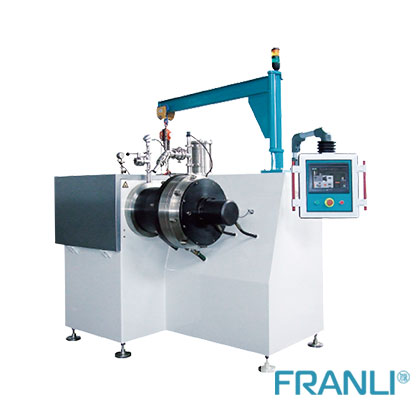
In principle, sand mills, ball mills, and mixers all use the grinding medium to give it enough kinetic energy under the action of the high-speed rotation of the dispersing blades, so that the impact and extrusion between the grinding medium and the grinding material will generate shear force. To the grinding effect. With the high-performance cooling system and automatic control system, the sand mill can realize continuous processing and continuous discharging of materials, which can greatly improve production efficiency.
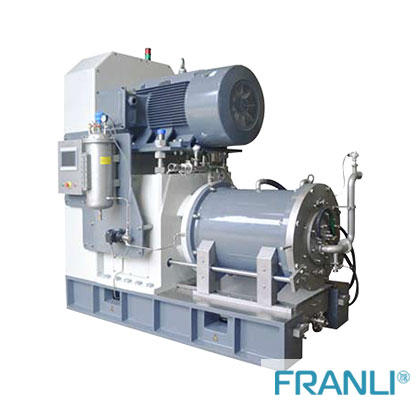
There are many types of sand mills, and they have gone through different stages of development from birth to maturity. With the continuous iterative innovation of technology, grinding equipment with different styles and principles have gradually appeared on the market to meet different production needs.
According to the layout of the grinding drum, it can be divided into vertical sand mills and horizontal sand mills. These are two very common styles. Next, we will learn more about the characteristics, advantages, and working principles of the two sand mills.
The vertical sand mill is mainly composed of a feed system, grinding drum, grinding disc, transmission, and electric control system.
Working principle of vertical sand mill
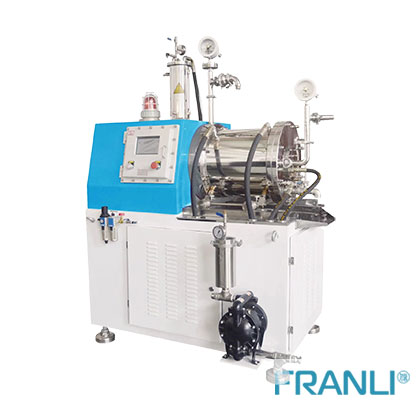
When the vertical sand mill is working, most of the grinding cylinder is filled with grinding media, which is made of ceramics or special materials, and the shape is spherical particles of different sizes. Add the material from the bottom of the vertical silo and mix it with the grinding medium. The stirring shaft is driven by the transmission system to stir the mixture of materials and media at an appropriate speed. Due to the friction and collision between the grinding media, the material is ground, and after a certain residence time, a slurry with a particle size distribution meeting the requirements is obtained.
The horizontal sand mill mainly has the following components: machine base, main shaft components, grinding device, cooling device, control system, auxiliary device, etc. It is a continuous production ultrafine grinding and dispersing machine with a horizontal cylinder, which is widely used It is used for grinding fluid slurry in paint, coating, ink, electronics, ceramic materials, and other industries.
Horizontal sand mill working principle

The horizontal sand mill uses a material pump to feed the solid-liquid phase mixture that has been pre-dispersed and wetted by the mixer into the cylinder. The material and the grinding medium in the cylinder are stirred by a high-speed rotating disperser so that The solid particles and the grinding media produce stronger collision, friction, and shearing effects with each other to achieve the purpose of accelerating the grinding of fine particles and dispersing aggregates. After grinding and dispersing, the material passes through a dynamic separator to separate the grinding media and flows out of the discharge pipe. The horizontal sand mill is especially suitable for dispersing and grinding products with high viscosity and fine particle size requirements.
Vertical sand mill VS horizontal sand mill
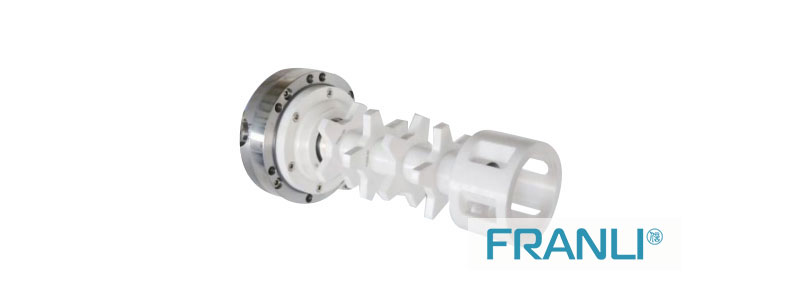
The application of sand mills in the industrial field is becoming more and more extensive, and people's research on them is becoming more and more in-depth. Whether it is a vertical sand mill or a horizontal sand mill, its structure is constantly being improved, and only by understanding the characteristics of the two pieces of equipment can we choose a cost-efficient product that meets the production requirements according to the needs.
l Manufacturing difficulty
From the perspective of manufacturing difficulty, the vertical sand mill does not require the use of mechanical seals, so it is easier to manufacture and the manufacturing cost is correspondingly lower.
l Material
In terms of materials, vertical sand mills generally use ordinary materials, while horizontal sand mills generally use tungsten carbide metal materials with better materials.
In terms of manufacturing difficulty and manufacturing cost, vertical sand mills have more advantages. In addition, the vertical sand mill does not take up space, and the operation is very convenient, which is suitable for materials with various viscosities. If you have a small budget or do not have high requirements for the fineness of the material, the vertical sand mill will be a very cost-effective choice.

Compared with the vertical sand mill, the horizontal sand mill has a relatively high price, but its advantages are also obvious.
l Grinding fineness
From the perspective of grinding fineness, the grinding effect of horizontal sand mills is often better, which can meet the fineness requirements of the product. This difference is limited by the structure of the vertical sand mill.
The grinding medium (beads) in the vertical sand mill is affected by gravity and tends to accumulate to the bottom of the grinding cavity, resulting in a less uniform particle size distribution of the ground material, resulting in a better grinding effect at the bottom than at the top. This is like a bucket of stones, the stones on the bottom of the bucket are ground finer than those on the top of the bucket.
The horizontal sand mill can well overcome the influence of gravity on the medium. Because the feed of the horizontal sand mill is generally from the left to the right, the grinding force of the material in the barrel is the same, the particle size distribution of the output material will be more uniform, and the grinding fineness is generally up to 1μm.
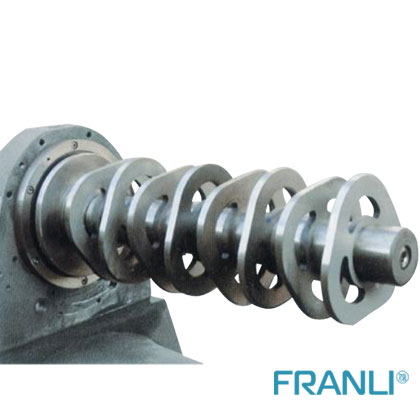
l The cost
When shutting down, the grinding media (beads) of the vertical sand mill gather at the bottom of the grinding chamber. When the machine is turned on, the blades will have strong friction with the beads. Because the grinding beads are too concentrated, it is very easy to break the beads. The horizontal type has a lower probability of such a situation.
l Scope of application
Vertical sand mills are more suitable for manufacturing products that require relatively low product requirements but require high output. A horizontal sand mill is suitable for some grinding products with higher precision and fineness.
At present, sand mills are developing in the direction of large batches, refinement, high purity, and low energy consumption. Equipment maintenance is the key to extending the life of mechanical products, and it is also related to the stability and efficiency of production. Understand the common faults of sand mills and their solutions to reduce production losses caused by unnecessary equipment downtime.
Copyright Notice :
This article only represents the author's point of view.
This article is published under the authorization of the author.
Source:
This article address : Comparison of the vertical sand mill and horizontal sand mill
Related Suggestion:
Double planetary mixer new type of mixing equipment
Multiple paddle options of Double Planetary Mixer
Double planetary mixer is the first choice for paste materials
Multiple mixing tanks with double planetary mixer
Double planetary mixer for chemical products
Double planetary mixer can be vacuum feeding
Related Products
-

Vacuum Double Planetary Mixer
A Vacuum double planetary mixer is an essential part of any industry to mixing particular material. A double planetary m...
-

Laboratory Double Planetary Mixer
Laboratory double planetary mixer is a kind of non-standardized strong mixing and mixing equipment developed by FLE for ...
-

Hydraulic Lifting High Speed Disperser
The hydraulic lift high speed disperser has the characteristics of simple operation and high flexibility.The hydraulic l...
News
-
28
2023-04
-
28
2023-04
-
28
2023-04
-
28
2023-04
-
28
2023-04
-
28
2023-04
- Tricks About Ointment Mill You Wish You ...
- A deep insight into Sand Mill Machine
- What is the difference between dyno mill...
- How To Choose Vertical Bead Mill or Hori...
- What is a three roll mill machine?
- Specification of high speed disperser an...
- Three Roll Mills: Their mechanism, advan...
- high speed disperser machine application
- Faults and Trouble Shooting Methods of H...
- How to operate High-Speed Disperser












